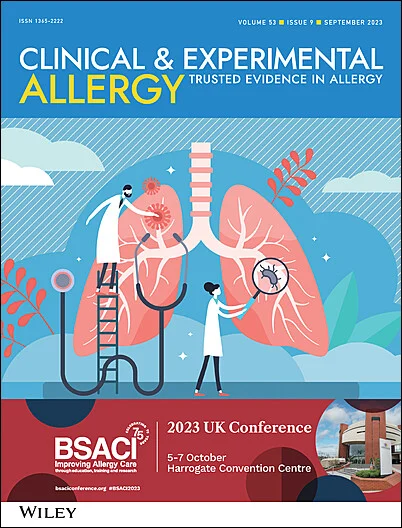Identification of the Top 15 Drugs Associated With Anaphylaxis: A Pharmacovigilance Study
Abstract
Background
Drug-associated anaphylaxis is a common condition with significant risks if not promptly addressed. Yet, systematic research on the distribution of associated drugs and risk comparison across drug classes is limited. This study aims to identify frequently reported drugs and evaluate the strength of their signal detections with drug-associated anaphylaxis.
Methods
This study employed a global pharmacovigilance database to identify reports of drug-associated anaphylaxis. Reports classified as anaphylaxis were analysed using the drug record number used in global pharmacovigilance database, leading to the identification of 15 frequently associated drugs. A disproportionality analysis was conducted to estimate signal detections between these selected drugs and anaphylaxis, utilising two metrics: the information component (IC) with a threshold of IC0.25 and the reporting odds ratio (ROR) with 95% confidence intervals (CI). To account for the acute onset of anaphylaxis, a sensitivity analysis focused on reports with a time to onset of less than a day.
Results
We identified 15 drugs frequently associated with anaphylaxis, with diclofenac recording the highest number of reports at 34,413. The drug indicating the strongest signal detection with anaphylaxis was cefuroxime (ROR, 40.89 [95% CI, 40.18–41.61]; IC, 5.14 [IC0.25, 5.11]), followed by levofloxacin, ibuprofen, COVID-19 vaccine, ceftriaxone, lidocaine, omalizumab, cefuroxime, benzylpenicillin, clindamycin, amoxicillin/clavulanate, cefazolin, ciprofloxacin, metronidazole, and paclitaxel. Sensitivity analysis indicated that the signal detection between the COVID-19 vaccine and anaphylaxis was stronger than in the primary analysis (ROR, 2.49 [95% CI, 2.45–2.53]; IC, 1.23 [IC0.25, 1.21]). While most drugs reported that the majority of drug-associated anaphylaxis reports occurred within 2.5 h, omalizumab was often associated with reactions occurring after 24 h.
Conclusion
All drugs frequently reported in association with anaphylaxis indicated a significant signal detection, but the strength of these signal detections did not align with the number of reports. Time-to-onset analysis showed distinct patterns for certain drugs, suggesting different mechanisms of anaphylaxis. Due to the limitations of spontaneous reporting databases with disproportionality analysis, our findings do not permit for causal inference.


 求助内容:
求助内容: 应助结果提醒方式:
应助结果提醒方式:


